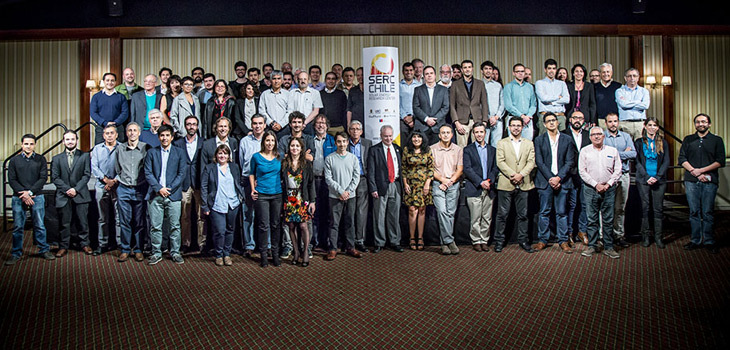
FONDAP, a program run by the National Commission for Science and Technology Research, promotes the development of scientific research centers of excellence. These centers leave a strong impact, working within priority areas and “responding to extremely important and relevant problems for the country” and “forming and consolidating research teams.” In 2011, FONDAP brought together projects in six priority fields, including solar energy.
FONDAP called for applications for a Conicyt grant to research solar energy. The grant would go towards research aimed at “the construction of a solid foundation of knowledge regarding solar energy through researching scientific, technical, and economic challenges in the field. Projects were to utilize and strengthen the exceptional conditions for solar energy use in the northern region of the country and delve into the opportunities that solar technology offers as the national energy matrix. Research plans were encouraged to promote the northern region as a scientific center for global solar energy research.
The University of Chile (UCH) came together with University of Tarapacá (UTA), University of Antofagasta (UA), Federico Santa María Technical University (UTFSM), Adolfo Ibañez University (UAI), University of Concepción (UDEC) and Foundation Chile (FCh) to apply for the Conicyt solar energy research grant. Together, this group proposed the creation of the Chilean Solar Energy Research Center (SERC Chile), a collaborative organization that would aim to become a world leader in scientific solar energy research, with a special emphasis on developing the potential of the Chilean Atacama Desert.
With the help of an international panel, Conicyt reviewed grant applications and decided to fund SERC Chile, which started running in December 2012.
The project holds that the northern region of Chile (el Norte Grande) has great potential to produce electricity, heat and light using solar energy. The application of photovoltaic and thermal solutions seems promising as well given the region’s high levels of radiation and exceptional clearness indices. These conditions make el Norte Grande outstanding for the study, development and practice of new solar technologies. However, a diagnostic of the proposal shows that there are a number of important factors or barriers that restrict maximum development the region.


